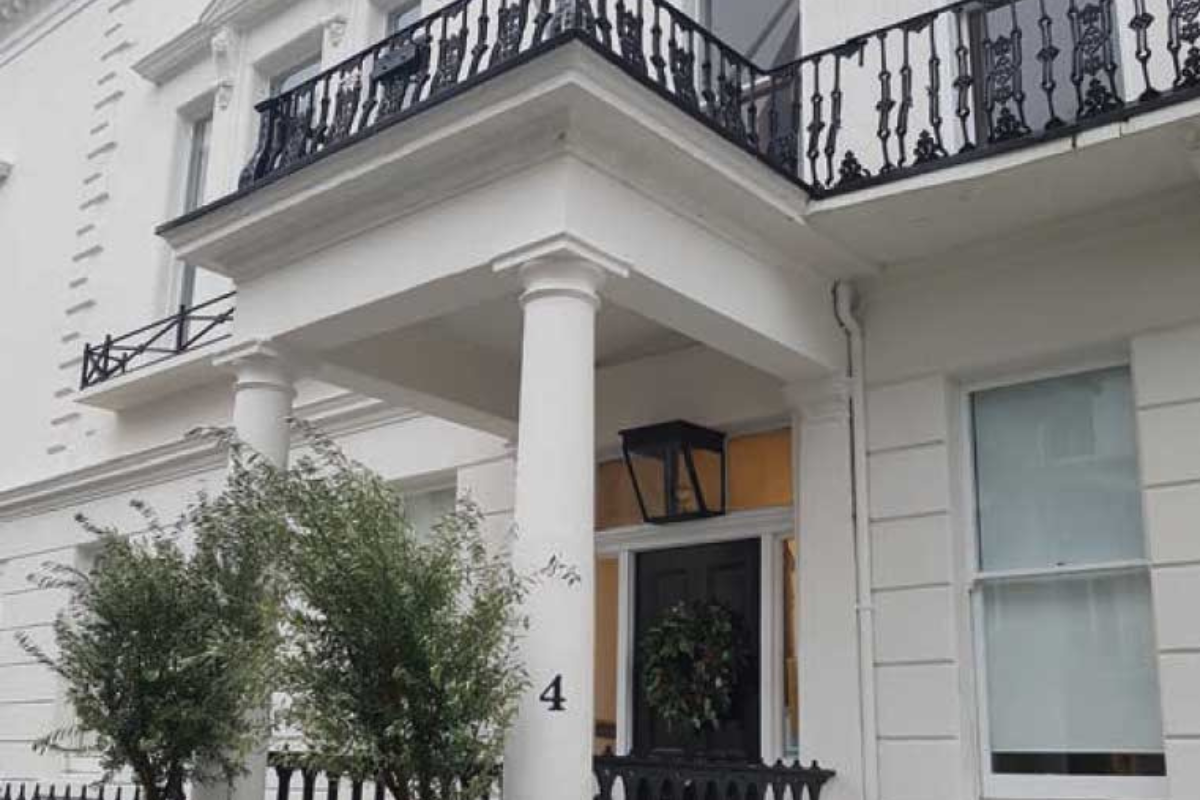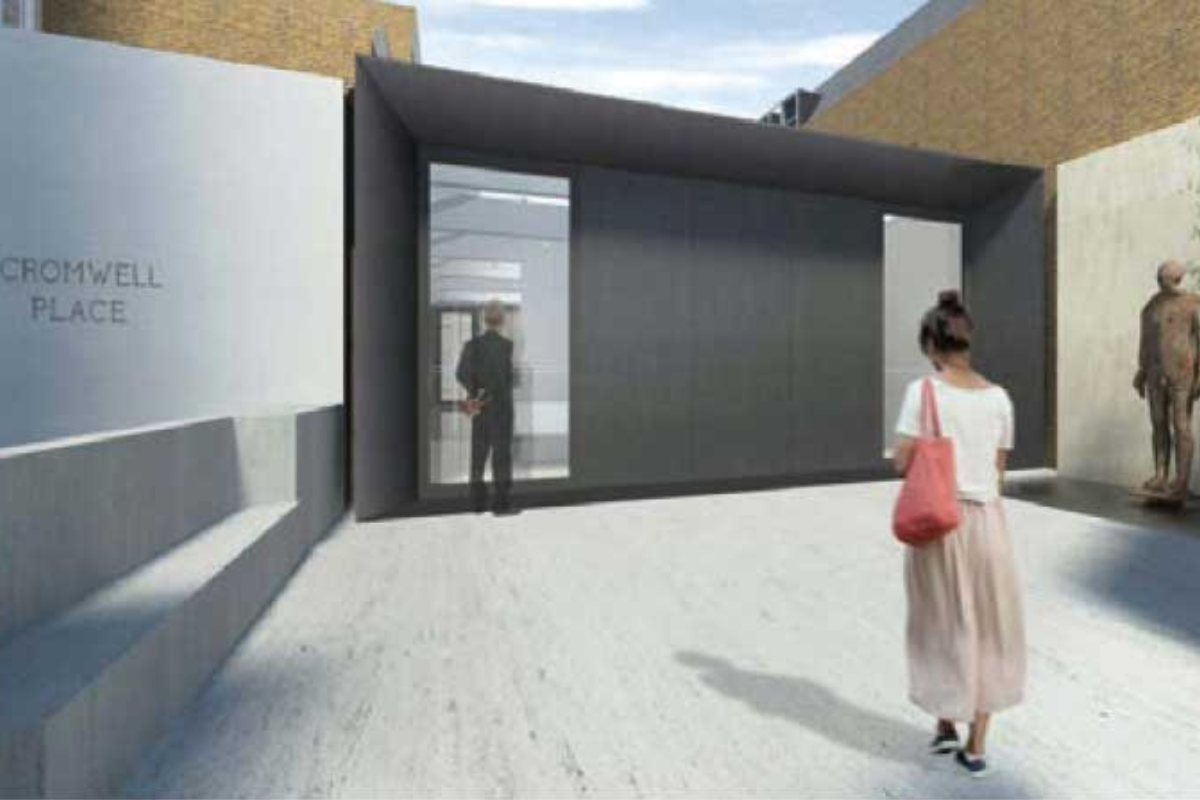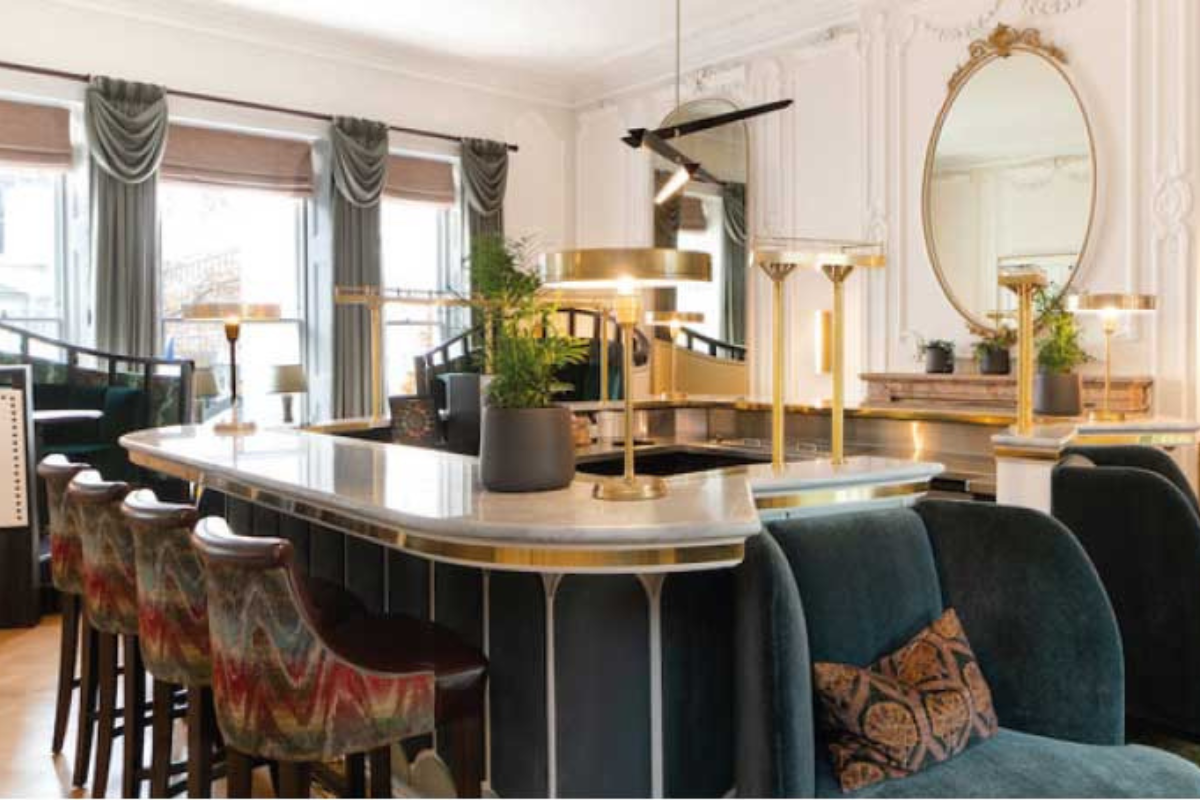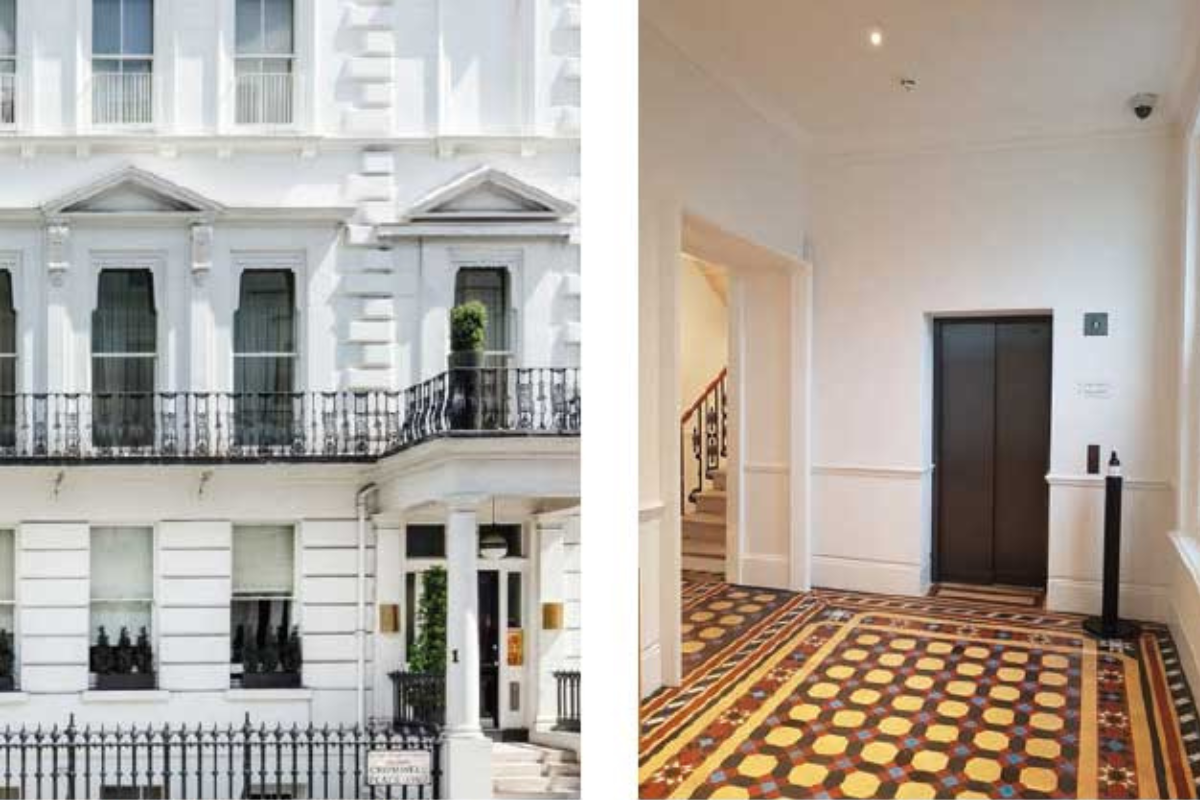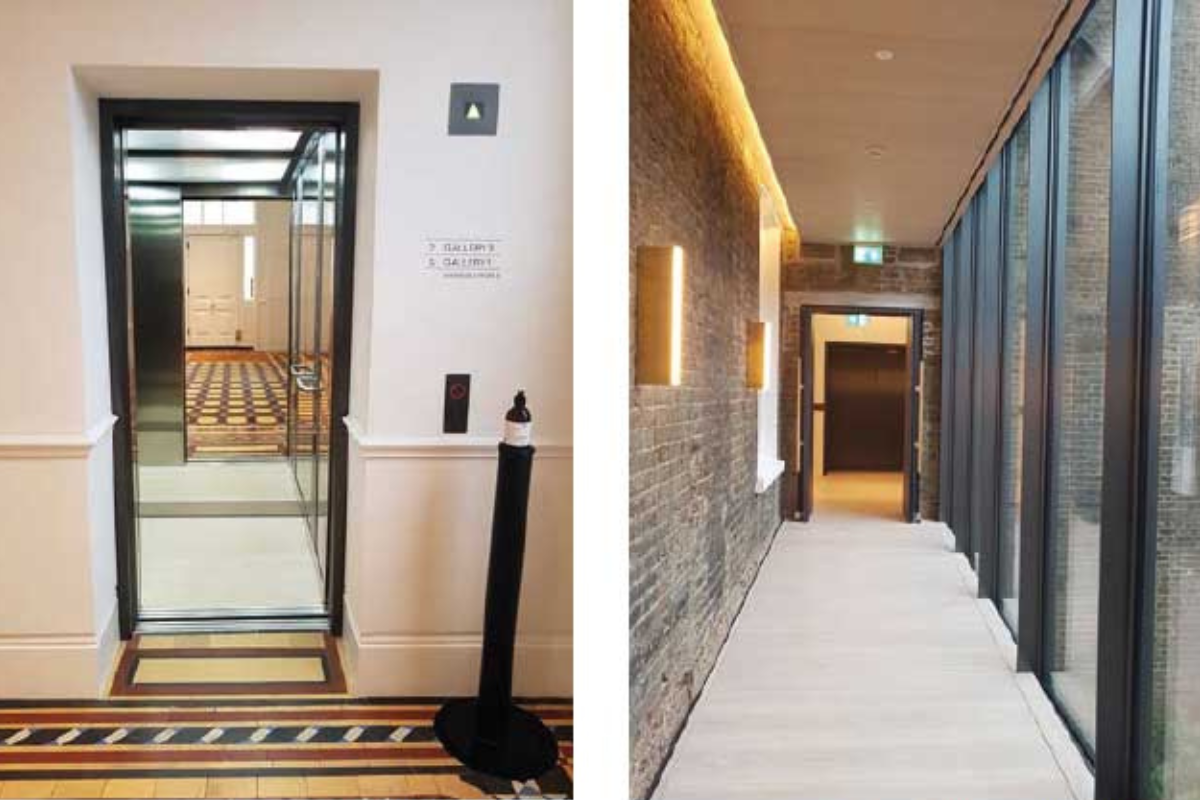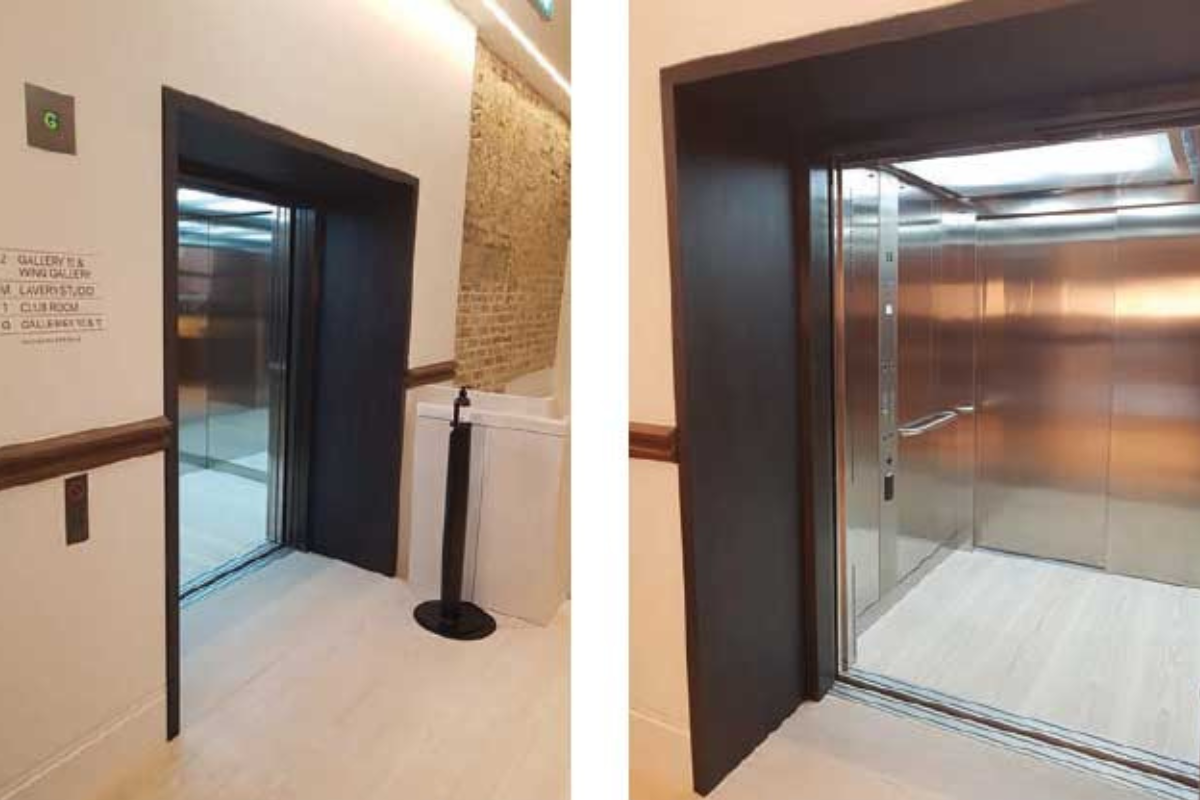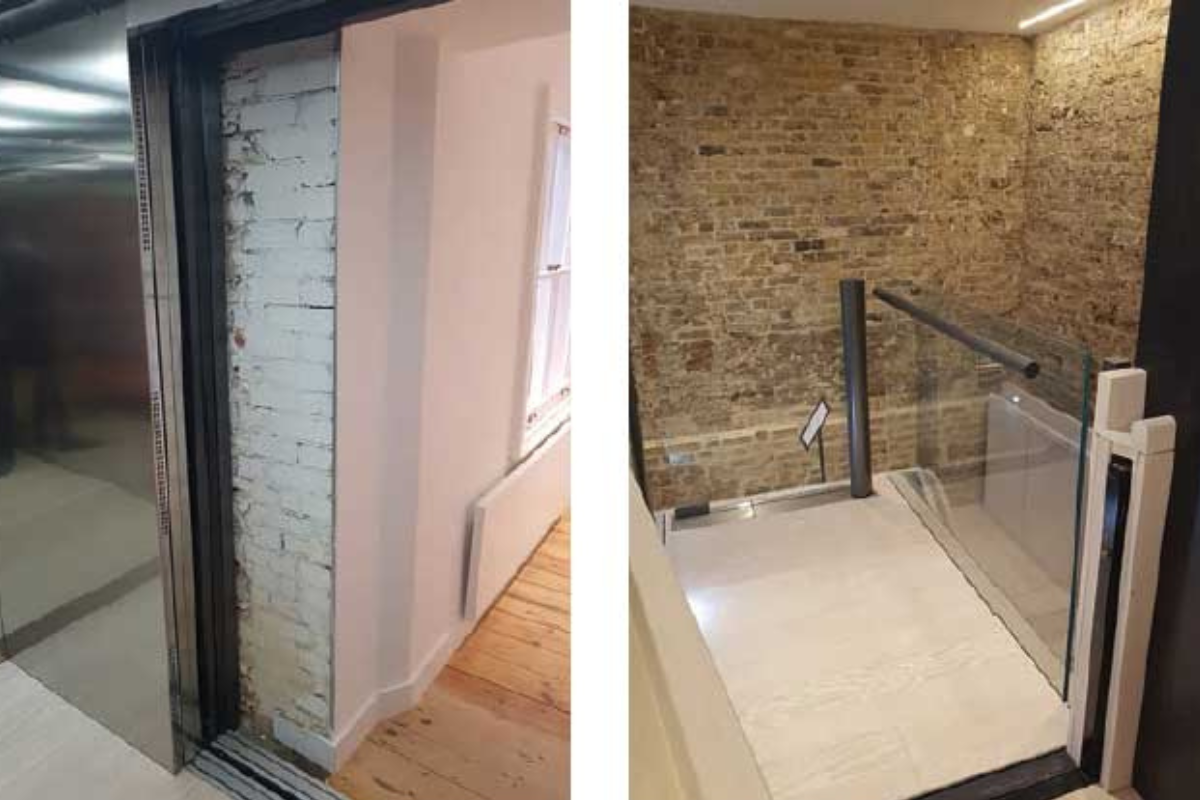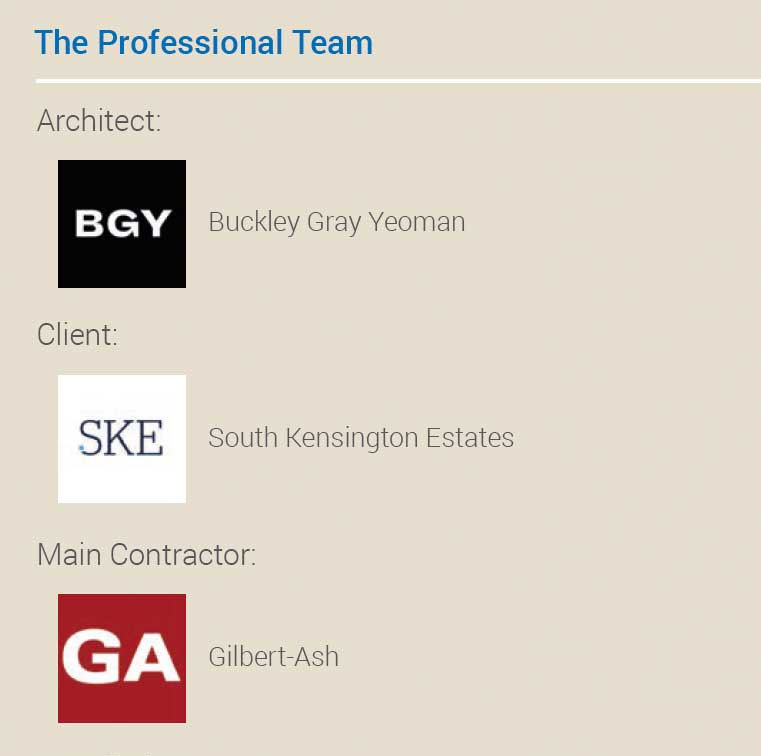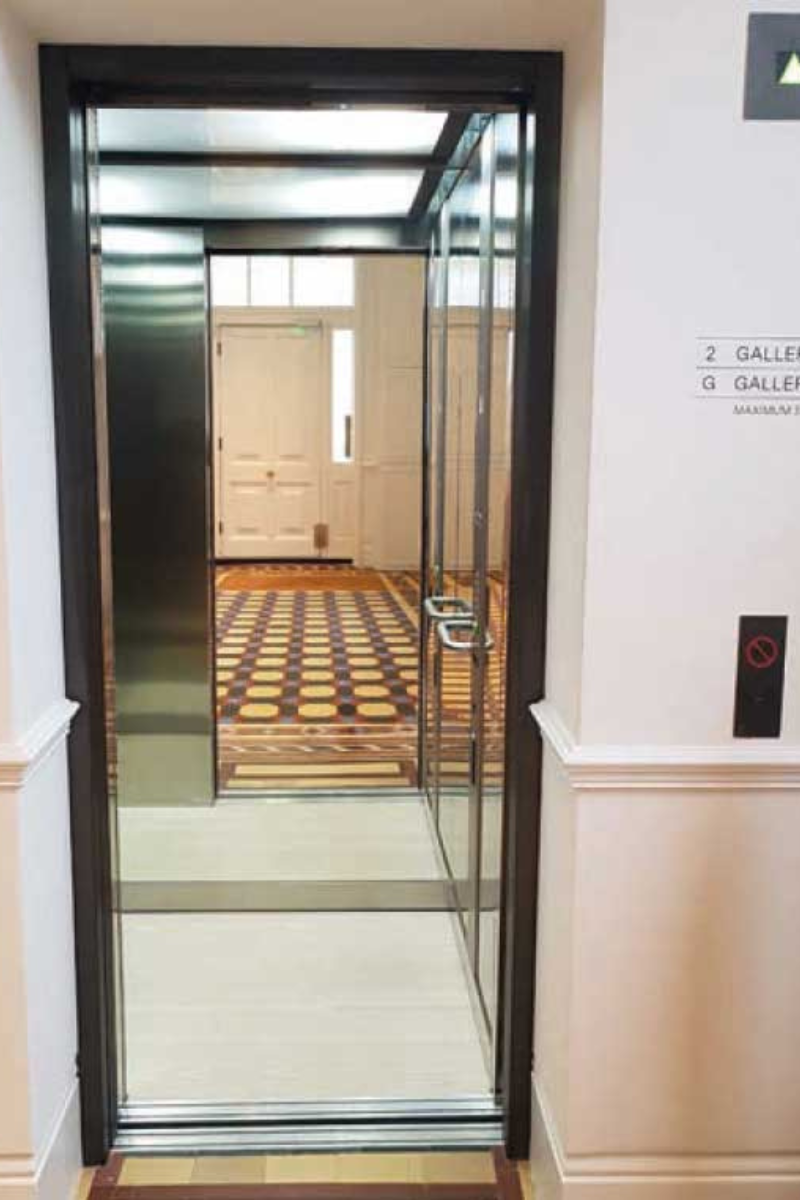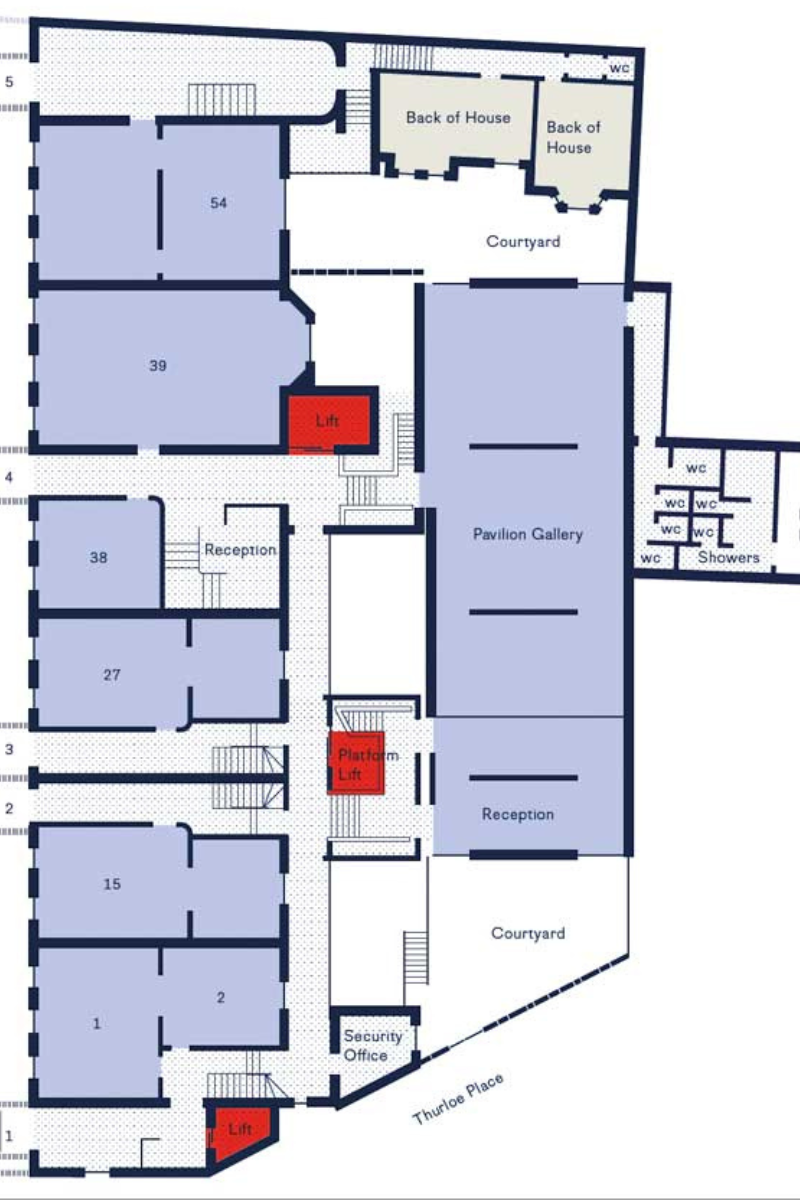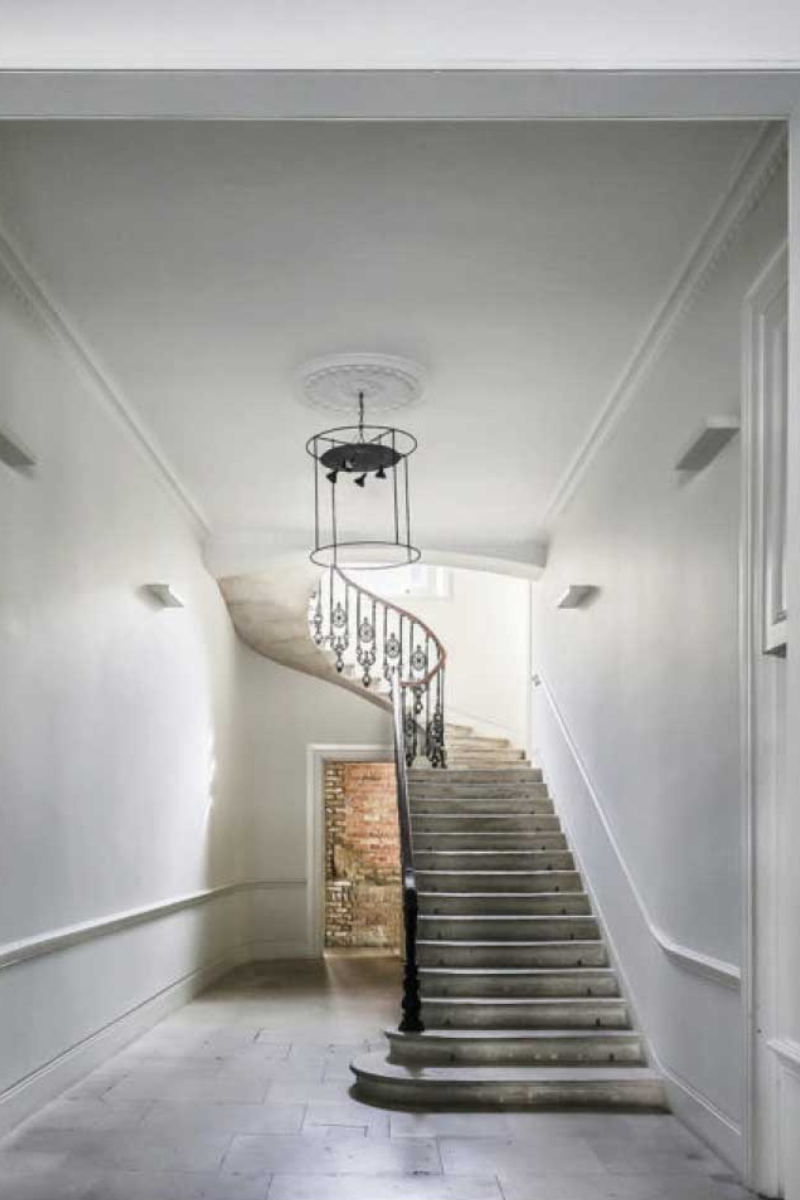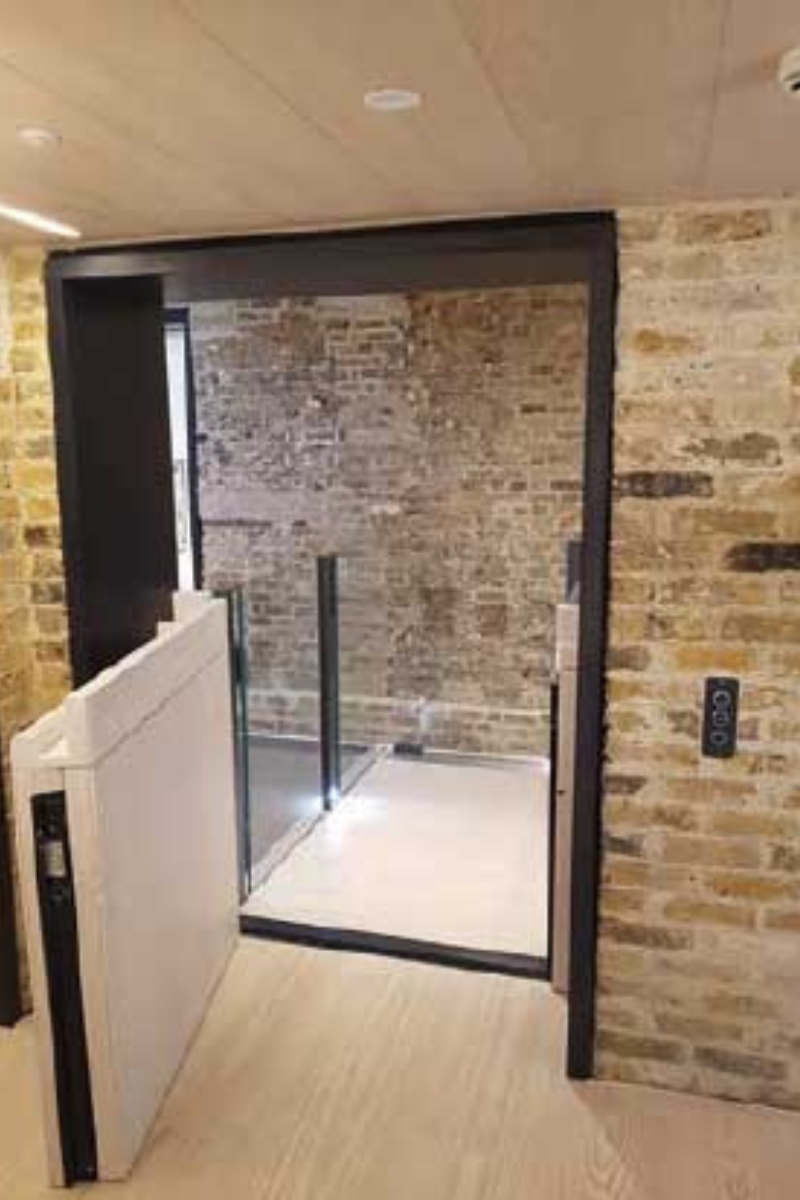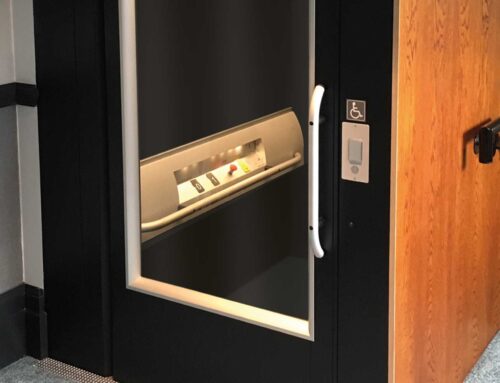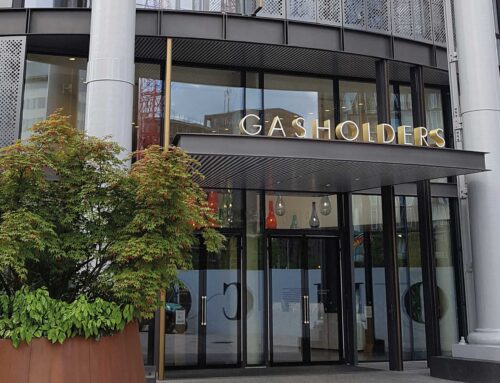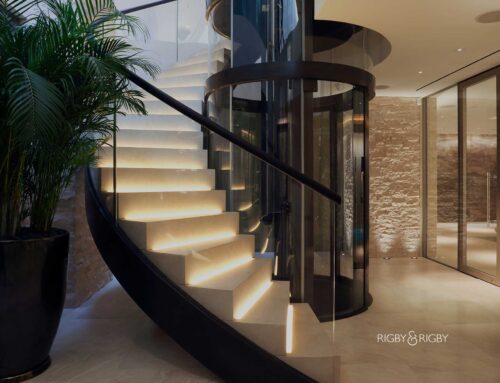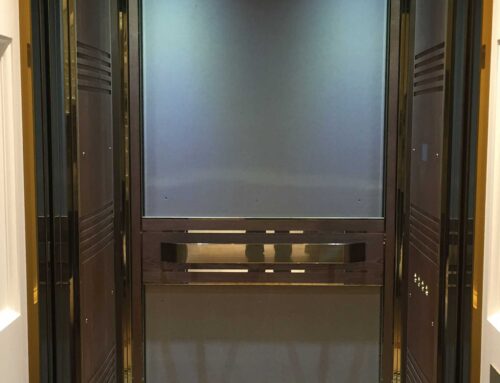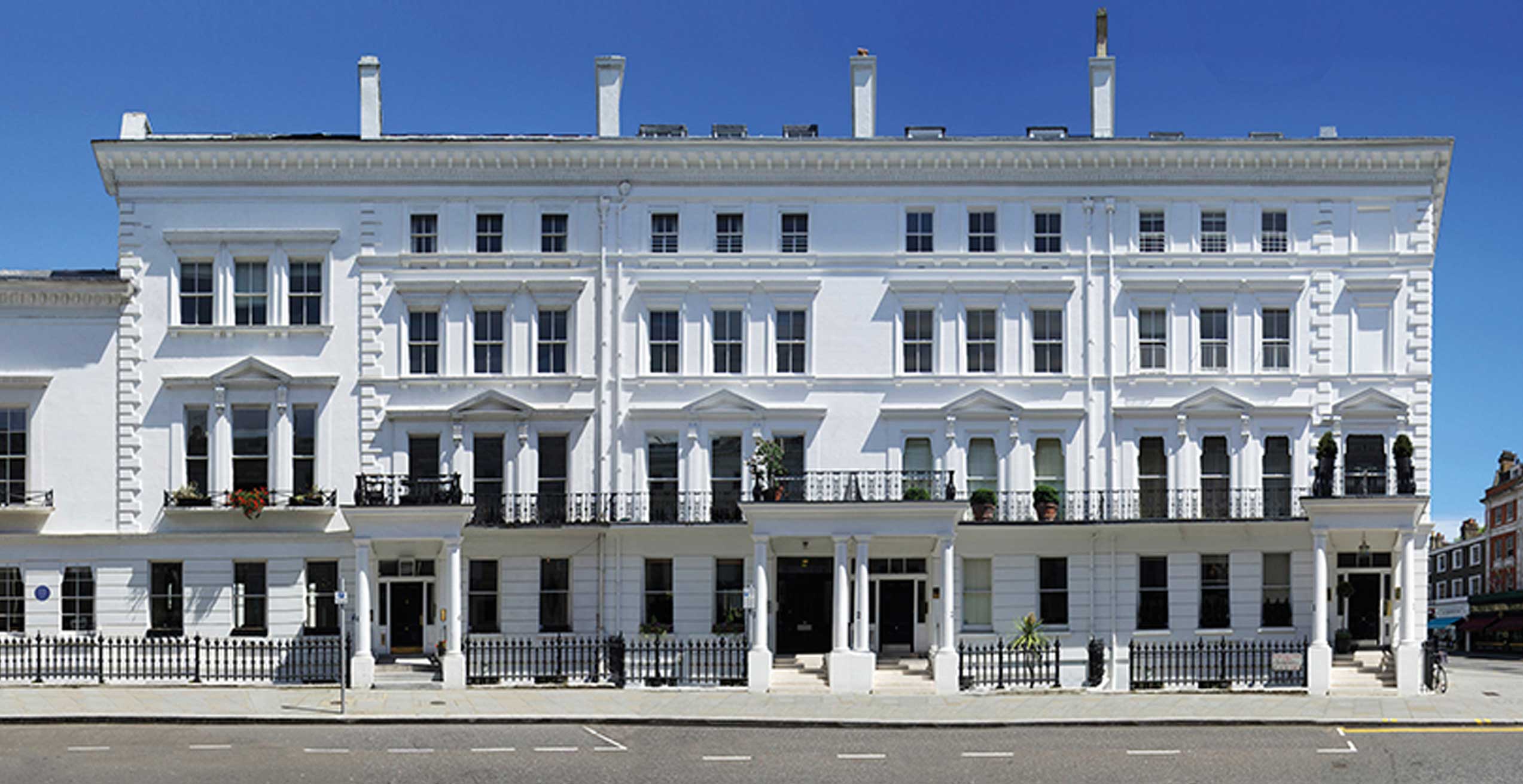
After a five year renovation project, Cromwell Place now offers a stunning, first-of-its-kind shared exhibition and working space for art professionals, in the heart of South Kensington’s Museum District.
These new, connected spaces in a series of five grade II listed
townhouses and mews, provide rentable exhibition space, thirteen period gallery spaces and viewing rooms, private work spaces, office space, art storage and a club room for members and their visitors.
Originally designed in 1858 by patron of the arts, self-trained property developer and public benefactor, Sir Charles James Freake, the road of Cromwell Place became home to artists including John Everett Millais, Francis Bacon and the former studio of celebrated Victorian portraitist Sir John Lavery located at No.5 Crowell Place.
The existing building contained many outstanding period features, including original staircases with ironwork balustrades and curled timber handrails; original fireplaces, cornicing, ceiling roses and late Baroque-style mirrors, all of which have been retained in this sympathetic refurbishment project.
Project Scope
Landmark Lifts was approached by Gilbert–Ash to develop the design of the lifts with architects BYG on this exceptional project, through recommendations from a previous project at the Royal College of Pathology.
Three bespoke lifts were designed and supplied to meet the technical aspects of the project and the stylish aesthetic finishes demanded by architects Buckley Gray Yeoman. The open and adjacent entrance 630kg load, 8 person passenger lift was a 4-stop lift running from ground level to the third floor to service all gallery levels.
The 1800kg load installation was an 8-stop lift for the transportation of passengers and goods throughout the full height of the building from basement to the fourth floor. The third lift was a scissor platform lift to give access between the ground and lower ground floors for people with impaired mobility.
Lift Specification
Working within this series of Grade II listed buildings brought some challenges to the design space available.
The construction for this project was complex because the lift shaft for the passenger lift was positioned in the gap between the exterior walls of two of the buildings, meaning the lift shaft had to be built within this space, with steel beams added at the back of the shaft for the lift to be fixed to.
Additionally, both passenger lifts in the building needed to be machine room less (MRL) traction lifts due to space restrictions. Both passenger lifts had two entrances, one lift with an opposite entrance, and one with an adjacent entrance.
Aesthetics
All of the lifts installations were specified to complement the contemporary décor design concept of the building. The passenger lift internal cabins were finished with stainless steel interiors, a full mirror on one side, suspended ceilings in nuanced glass, push button control panels with stainless steel cylindrical curved handrails in a satin finish. Externally, the lift doors, frames, face plates and push buttons were finished in Steel Color Grigio Satinato stainless steel, to complement the interior design colour scheme of the building.
The platform lift was a half-height lift with glass walls,
finalised with flooring to match the finish specified on the ground and lower ground reception areas.
